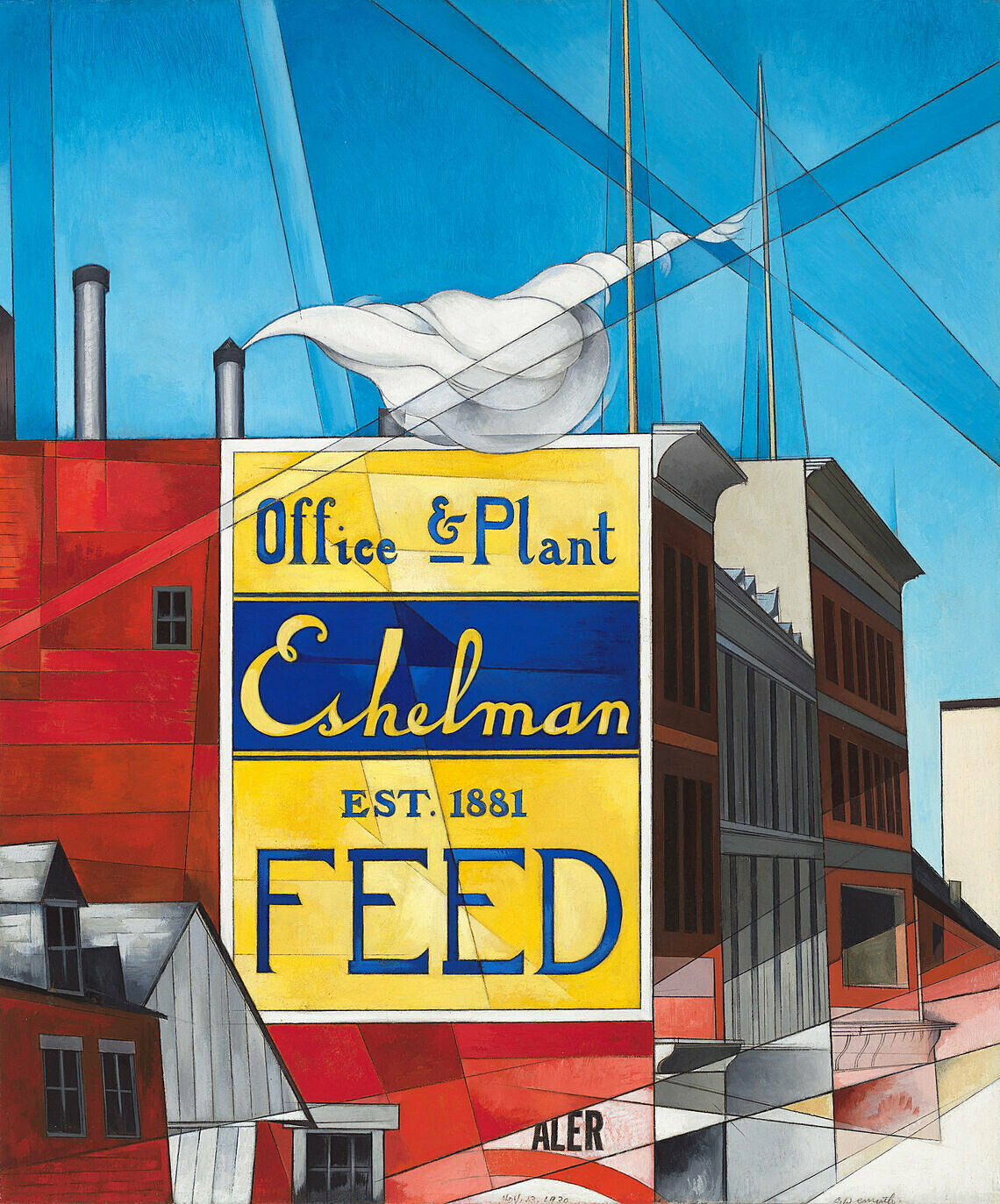Dorothea Lange
1895–1965
Dorothea Lange spent many years making photographs for New Deal government agencies. Yet she arrived at this enterprise only after a lucrative career as a high- society portrait photographer in San Francisco, where she skillfully deployed the Pictorialist training she had received from the legendary photographer Clarence White. Even before the stock market crash in 1929, however, Lange had become dissatisfied with commercial portraiture, and in the ensuing years she turned her attention to documenting the effects of the Depression.
In 1935 Lange began working for the California State Emergency Relief Administration, where she met her husband and future collaborator, economist Paul Schuster Taylor. Later that year she transferred to the Resettlement Administration, set up to assist migrating agricultural workers, and produced some of her most famous images. This picture, taken on a highway in California, captures two girls who have been displaced with their family. One child stands without shoes and the other with the aid of crutches. The caption in the Farm Security Administration archives reads: “Children of Oklahoma drought refugees on highway near Bakersfield, California. Family of six; no shelter, no food, no money and almost no gasoline. The child has bone tuberculosis.” Lange had a limp from contracting polio as a young girl, which perhaps helped her capture subjects with greater empathy. The photograph does not reduce these children to mere facts or statistics. Rather, Lange dares viewers to look at the human consequences of unregulated capitalism and environmental ruination.
Introduction
Dorothea Lange (born Dorothea Margaretta Nutzhorn; May 26, 1895 – October 11, 1965) was an American documentary photographer and photojournalist, best known for her Depression-era work for the Farm Security Administration (FSA). Lange's photographs influenced the development of documentary photography and humanized the consequences of the Great Depression.
Wikidata identifier
Q230673
Information from Wikipedia, made available under the Creative Commons Attribution-ShareAlike License . Accessed November 23, 2025.
Introduction
Documentary photographer notable for her striking images of Depression era America. From 1917-1919, Lange started out as an independent portrait photographer in San Francisco, but soon began photographing the homeless in order to bring attention to their plight. In 1935, she joined the Farm Security Administration and reported on living conditions in rural areas. Her images show not only despair and loss, but also a sense of pride with which these people endured their circumstances. "Migrant Mother," a portrait of a world-weary mother and her three children is one of Lange's most well known images from this period.
Country of birth
United States
Roles
Artist, photographer
ULAN identifier
500007674
Names
Dorothea Lange, Russell Lee, Dorothea Margaretta Nutzhorn, Dorothea Lange Taylor
Information from the Getty Research Institute's Union List of Artist Names ® (ULAN), made available under the ODC Attribution License. Accessed November 23, 2025.


